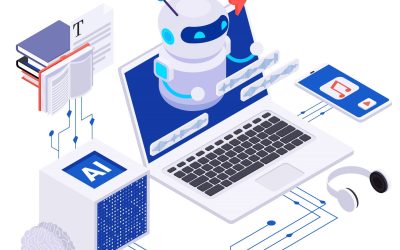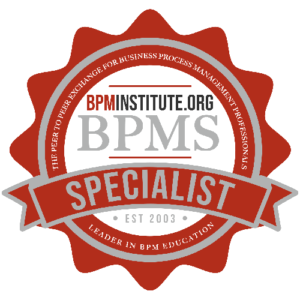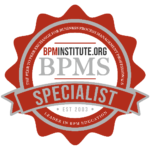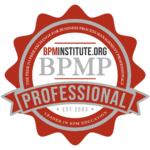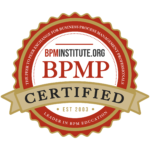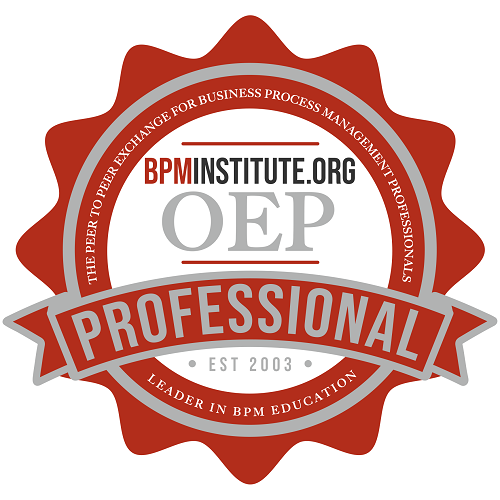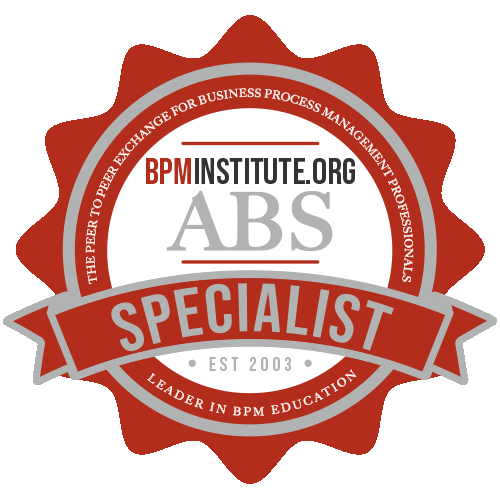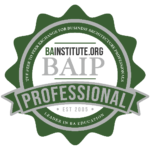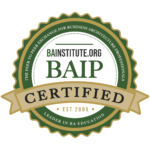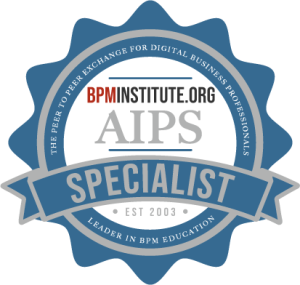Every process professional has them — those repetitive, manual tasks that eat up hours but still need to get done: documenting steps, updating logs, drafting emails, comparing spreadsheets, and chasing down loose ends.
These aren’t glamorous, but they’re essential to keep operations moving.
And while AI won’t fix a broken workflow for you, it can make you dramatically faster at executing and optimizing the manual parts.
In this article, we’ll show you how to use AI tools like ChatGPT to streamline your day-to-day process tasks — the ones that cost time but often don’t justify automation or dev resources.
Why This Matters
Not every task deserves a workflow automation project. Not every pain point gets a tool.
But there are dozens of little moments each week when you can save 5, 10, even 20 minutes with the help of AI.
That time adds up — and it keeps you focused on high-value process improvement instead of digital admin work.
Use Cases: Realistic Manual Tasks AI Can Help With
Here are some of the most common (and painful) manual process tasks AI can help you speed up or clean up:
- Translating handwritten notes into clear documentation
- Rewriting confusing SOPs or process steps in plain language
- Creating comparison tables from email threads or notes
- Summarizing research or regulations into bullet points
- Drafting consistent follow-up emails after process reviews
- Checking process documentation for inconsistencies or missing steps
- Transforming meeting transcripts into process insights
- Extracting action items from a list of messy bullet points
- Converting Excel data exports into readable summaries
- Creating quick-start guides or cheat sheets from full SOPs
How to Use ChatGPT for This Type of Work
Step 1: Start With the Mess
AI is surprisingly good at making sense of partial, disorganized, or ugly inputs.
Example prompt:
“Here’s a raw transcript of our vendor process review. Pull out the top 5 problems we identified, and suggest how we might improve the process.”
Step 2: Add Formatting or Clarity
Once you have rough content, ask AI to clean it up or repackage it:
“Reword this process in step-by-step format for a new hire.” “Create a comparison table showing before vs. after the change.”
Step 3: Use Templates to Save Time
You can build reusable prompt templates like:
“Take the following notes and turn them into an email update for stakeholders.” “Summarize the key changes from this document in 3 bullets.”
These micro-wins eliminate mental load and help you stay in flow.
Conclusion
This isn’t about creating full-scale automation. It’s about using AI to help you:
- Work faster
- Make fewer mistakes
- Communicate more clearly
- Get back hours of your week
Most process professionals aren’t looking for the perfect tool. They’re just looking for a better way to get it done.
With AI, that better way might already be in your browser.



